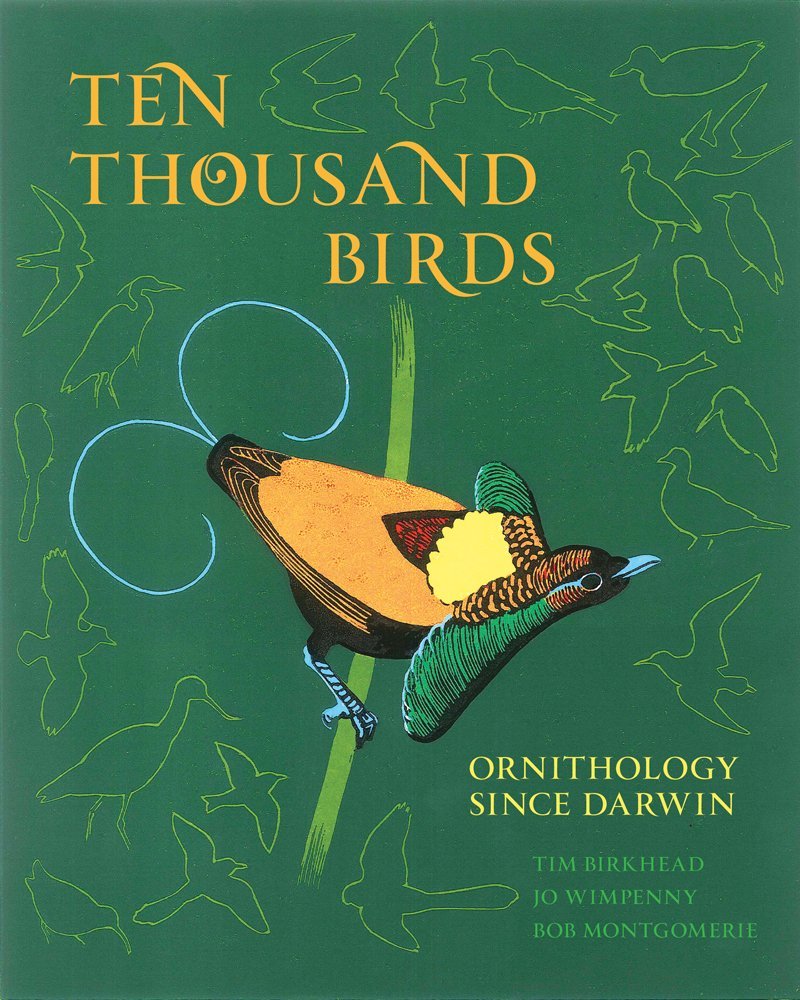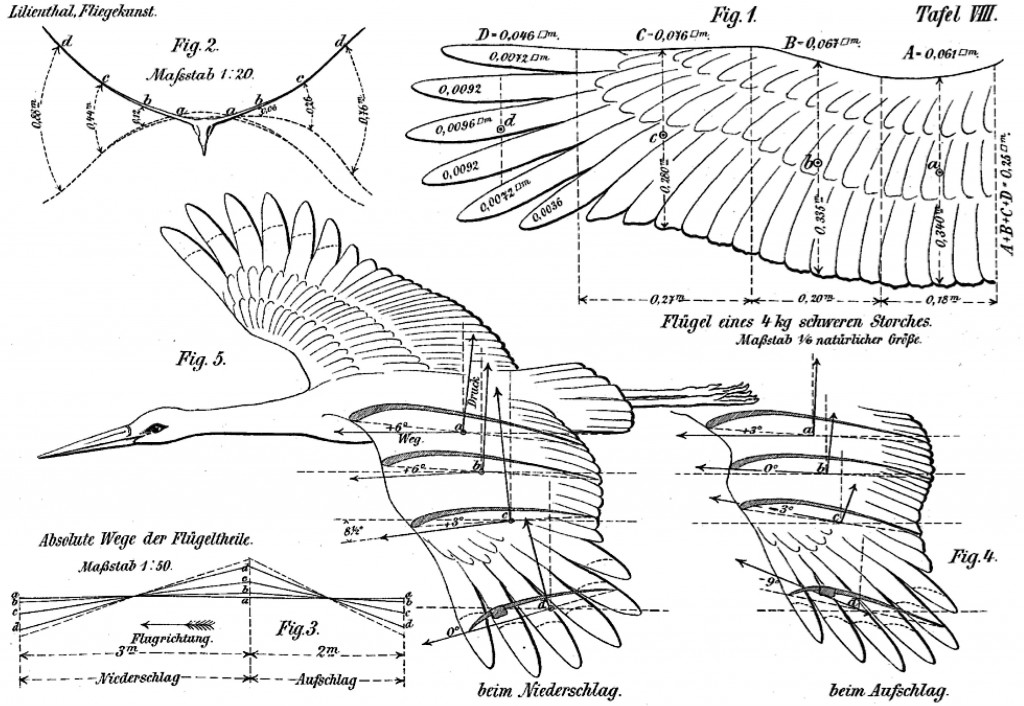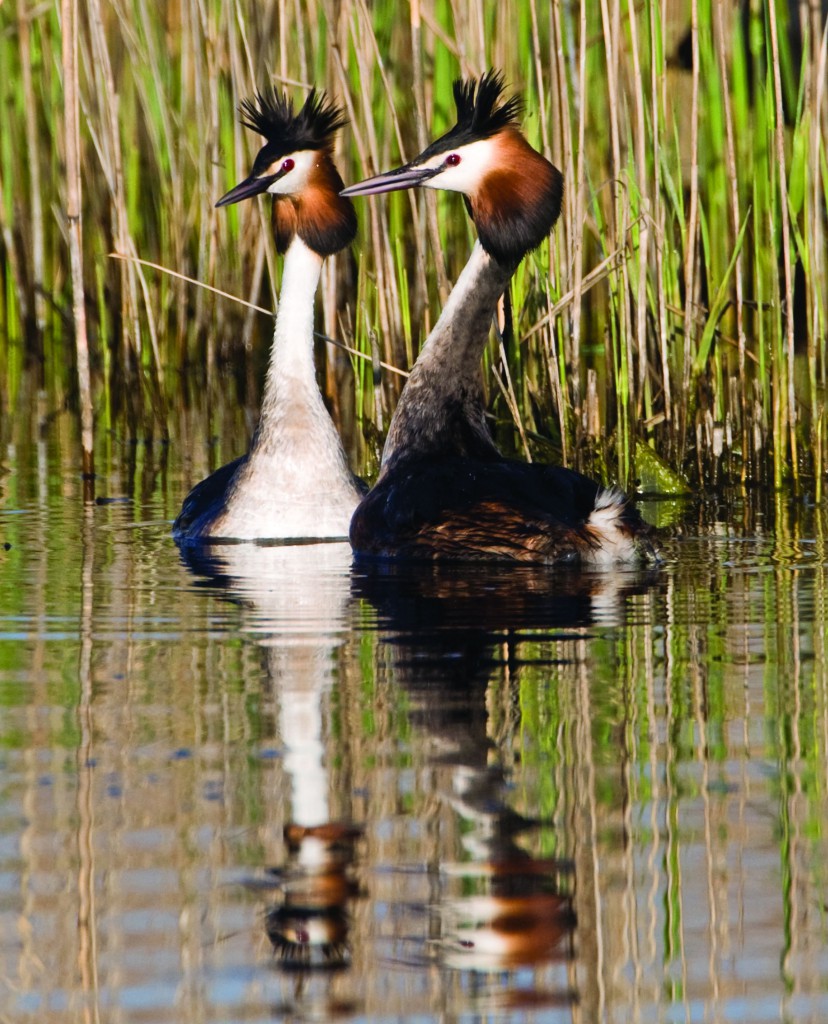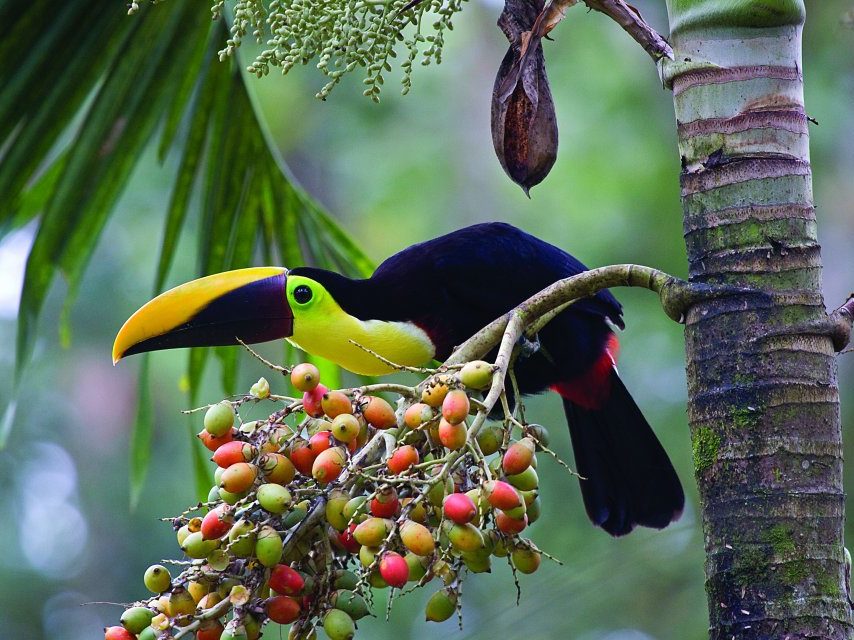Tim Birkhead is a professor of zoology at the University of Sheffield. A researcher and educator he regularly gives public talks, is a distinguished columnist, and has written many books including The Wisdom of Birds and Bird Sense. His new book Ten Thousand Birds: Ornithology Since Darwin is out now.
 How did you first become interested in ornithology?
How did you first become interested in ornithology?
My father was a bird watcher, so I became interested from an early age. I can remember looking at a song thrush nest at the age of about three, bird watching from about the age five, and finally getting a pair of binoculars when I was about twelve. That was a breakthrough! I often marvel at my persistence at bird watching without binoculars, but I know that several of my ornithological colleagues did the same.
Could you introduce your new book Ten Thousand Birds: Ornithology Since Darwin, and describe what the publication of the book means to you?
The study of the history of twentieth-century ornithology has clearly seemed like a daunting task to the handful of ornithologists who have written about the history of ornithology as a whole. There’s just so much information. I decided it must be possible, although having made that decision, it took me a further year to decide how to tackle it, both in terms of reviewing what has been done, and writing about it in a way that was engaging.
It could have been done through the most eminent ornithologists, but the book would then have been little more than a succession of biographies. It could also have been done decade by decade – describing major discoveries in chronological order, but so many great ornithologists spanned several decades that that would have been messy and dull. As a biologist I liked the idea of biological themes: migration, song, population ecology and so on. Themes was what we went with. It meant writing a historical review of each topic – which my co-authors and I found both entertaining and educational. We learned a lot writing this book.
Our emphasis throughout is try to bring history to life by telling stories about the wonderful, extraordinary, sometimes crazily driven individuals that have contributed to our ever expanding knowledge about birds. Have a look at our website myriadbirds.com.

Any favourite stories from the book?
This is hard – ornithologists were (are) so idiosyncratic there are many great stories. I suppose one iconic story that I grew up with was the intellectual battle between David Lack (Oxford) and Vero Wynne-Edwards (Aberdeen) about the way bird populations are regulated. Wynne-Edwards thought that populations were controlled by their own behaviour and showed restraint – by laying fewer eggs or not breeding at all – when food was short, for the good of the population or species. Lack on the other hand promoted an individual selection point of view and suggested that when food was short those that bred successfully left more copies of their genes in future generations. Lack of course won. What was remarkable about Wynne-Edwards was how convinced he was by his own idea… and so wrong! By being wrong however, he stimulated other biologists to focus very sharply on the way natural selection worked, and that lead to a new and very productive way of thinking, described in the chapter on behavioural ecology.
A second story: I like the idea that in the 1940s biologists and ornithologists were utterly convinced that no organism had a magnetic sense. Yet within 20 or 30 years the fact that birds used the earth’s magnetic field to find their way around became one of the hottest topics in ornithology – and still is thanks to the development of geolocators and GPS devices for tracking birds and exemplified by the BTO’s wonderful and highly publicized studies of migration by Common Cuckoos. The revolution in bird migration studies is tremendously exciting and the discoveries of some of the long-distance, non-stop migrations are breath-taking.

From within your personal interest in ornithology, is there an area that particularly appeals, species-, or geozone-wise?
I have studied Common Guillemots on Skomer Island, Wales since 1972, over 40 years now: they’d be disappointed if I didn’t name them my absolute favourite. I know them better than any other species. But I also love hummingbirds and the oilbird is among the most bizarre of birds I’ve ever encountered, like something out a Harry Potter novel and with super senses too. But top of my list is the Eurasian Bullfinch: its mental abilities (rarely apparent except in captivity) are truly extraordinary, and it has the most unbird-like sperm of any bird I’ve ever studied.
Tim Birkhead’s Top 5 ornithology classics:
(Please note these classic texts, with the exception of the Handbook of the Birds of the World, are out of print and not available from NHBS (try antiquarian book dealers or the website abebooks.com) – but we think this list makes interesting reading!)
Lack, D. 1968. Ecological Adaptations for Breeding in Birds. Methuen.
Arguably the most inspiring ornithology book and written by the most inspiring ornithologist of the 20th-century. I read it as an undergraduate and was mesmerized. Inspired by John Hurrell Crook’s comparative study of weaverbirds, David Lack used Crook’s novel approach to produce an inspirational synthesis of all that was known about the ecology and behaviour of birds. The result is a clear, engaging, insightful overview of bird biology up until 1968, further enhanced by Robert Gillmor’s superb drawings. When we were writing Ten Thousand Birds and we asked senior ornithologists which ornithology book they most valued, it was this one, and another written by David Lack.
Snow, D. W. 1985. The Web of Adaptation. Cornell University Press.
David and Barbara Snow worked in South America and at the Asa Wright Centre on Trinidad studying manakins, cotingas and the bellbird. The Asa Wright is a magical place and well worth a visit. David Snow writes beautifully, and this book discusses how a diet of easily acquired fruit fosters a sexually liberated, lekking lifestyle. This wonderful little book has not enjoyed the recognition it deserved.
Del Hoyo, J; Elliott, A; Sargatal, J. 1992-2013. Handbook of the Birds of the World. Lynx Edicions.
One of the first encyclopedias of ornithology, and certainly the first scientific one, was written by John Ray and Francis Willughby and published in 1676 (in Latin) and in 1678 (in English). The most recent encyclopedia of ornithology, the absolutely magnificent Handbook of the Birds of the World, is remarkably similar, despite an interval of over 300 years. This tells us a lot about how smart Ray and Willughby were about communicating their knowledge, but also that despite massive changes in publishing, readers still value clear writing, superb images, and comprehensive coverage. The major difference of course is that Williughby and Ray thought there might only be about 500 species of birds in the world in 1660, and we now know that there are around 10,000. Inevitably, 10,000 birds requires more text, but in addition, we know so much more about birds today. When we wrote Ten Thousand Birds: Ornitholgy Since Darwin, we estimated the number of publications on birds there had been since Darwin’s day – the answer is a staggering 400,000. del Hoyo et al have done a magnificent job in summarising much of that information in this landmark publication.
Thomson, A. L. 1964. New Dictionary of Birds. Nelson: London.
I discovered this book when I was as an undergraduate in Newcastle in 1971. It seemed shockingly expensive at the time, but what an investment! I used it as the (unofficial) course text book throughout my entire zoology undergraduate degree because it provided excellent concise accounts of all major topics: genetics, ecology, behaviour.
Heinrich, B. 1989. Ravens in Winter. Summit Books: New Milford.
No other book so evocatively captures the masochistic rigours of fieldwork. This is a celebration of both field ornithology and the ultimate corvid. Heinrich himself was extraordinary: a professional biologist who was still running marathons in his 70s and who writes accessibly and engaging about birds.

